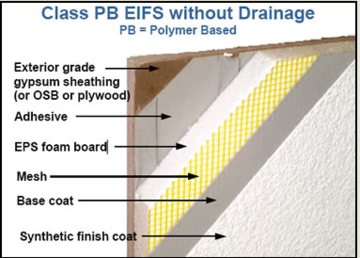

Since 1x pine doesn’t bend very well, I decided to use MDF for the front pieces that created the swoop. The vertical placement and length of these pieces will determine the amount of swoop on the front side of the hood. I connected the two with a piece across the front as shown in the illustration above. I then added a horizontal piece to each side with the front ends cut at a 12-degree angle. I nailed and glued these into place as shown in the illustration above. Next, I added vertical pieces of 1×4 to the sides to connect the top and bottom. I added screws later to the framing where needed for added strength.

I glued and nailed them in place with a finish nailer. I used 1×6 pieces of pine for the bottom and 1×4 pine for the top. I started with the bottom and top frames. Since I was working alone and didn’t have anyone to help me lift it into place, I decided to frame it in place. Or you can frame it in place on the wall. You can put it all together and then mount it to the wall and ceiling. There are two approaches you can take when framing your hood. Our ceiling height is 10′ and the recommended hood height is between 30″ and 36″. The height of the hood is determined by the height of your ceiling and the recommended distance from the bottom of the hood to the top of the range. So the width of our hood framing ended up being 51 1/2″, and the depth was 23″. We knew we wanted a full height quartz backsplash and wanted it to be the same width as the finished hood, and wanted it to be a few inches wider than our range. We chose a 46″x21″ hood insert from ZLINE.Īnother determining factor is the type of backsplash you will be doing. We went with a 48″ ZLINE gas range, which meant we would need a hood insert to accommodate that size of the range. The most obvious deciding factor is the size of your range. The first thing I did was to determine the size of my hood.
#Stucco vs drywall how to#
Ready to learn how to build a plaster hood? Let’s get started! Step 1: Determine the Size of Your Plaster Range Hood


 0 kommentar(er)
0 kommentar(er)
